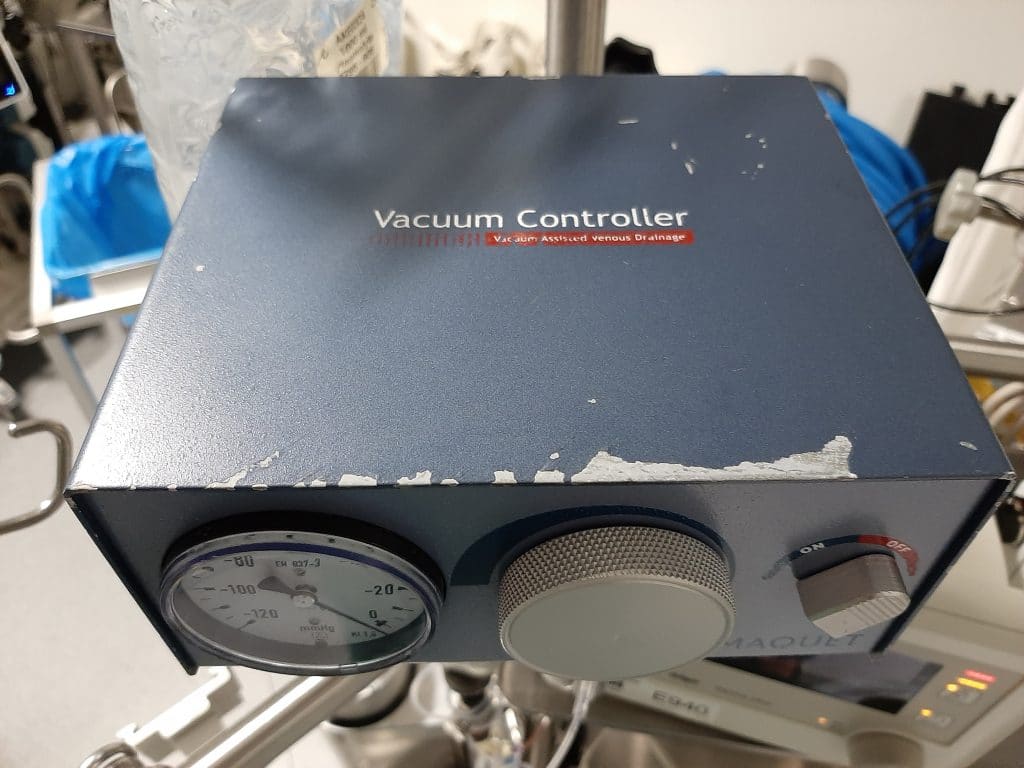Hemolysis Testing In Vitro: A Review of Challenges and Potential Improvements

Many medical devices such as cardiopulmonary bypass systems, mechanical heart valves, or ventricular assist devices are intended to come into contact with blood flow during use. In vitro hemolysis testing can provide valuable information about the hemocompatibility of prototypes and thus help reduce the number of animal experiments required. Such tests play an important role as research and development tools for objective comparisons of prototypes and devices as well as for the extrapolation of their results to clinical outcomes. Therefore, it is important to explore and provide new ways to improve current practices. In this article, the main challenges of hemolysis testing are described, namely the difficult blood sourcing, the high experimental workload, and the low reproducibility of test results. Several approaches to address the challenges identified are proposed and the respective literature is reviewed. These include the replacement of blood as the “shear-sensitive fluid” by alternative test fluids, the replacement of sparse, manual sampling and blood damage assessment by a continuous and automated monitoring, as well as an analysis of categories and causes of variability in hemolysis test results that may serve as a structural template for future studies.
